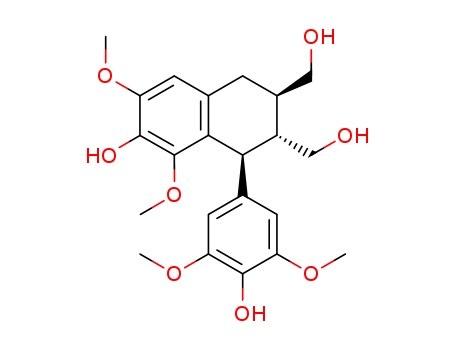10.1248/cpb.43.1937
The research focused on the chemical evaluation of Betula species in Japan, specifically the constituents of Betula ermanii. The purpose of the study was to identify and characterize the chemical compounds present in different parts of the tree, including the fresh leaves, outer bark, inner bark, and root bark. The research concluded that the tree contained a variety of dammarane-type triterpenes, lignans, triterpenes, phenolics, and caffeoyl esters. Some of the key chemicals identified were 20(S),24(R)-epoxydammaran-3,11x,25-triol and its derivatives, betulin, betulin 3-caffeate, oleanolic acid, and various lignans such as (+)-lyoniresinol and (-)-lyoniresinol. The study also reported several new compounds, including 2, 3, 4, 6, 19, and 21, which were dammarane-type glycosides isolated for the first time from the leaves of Betula species. This comprehensive analysis of Betula ermanii's chemical constituents contributes to the understanding of its potential medicinal value, building on the known traditional uses of other Betula species in medicine and cosmetics.




